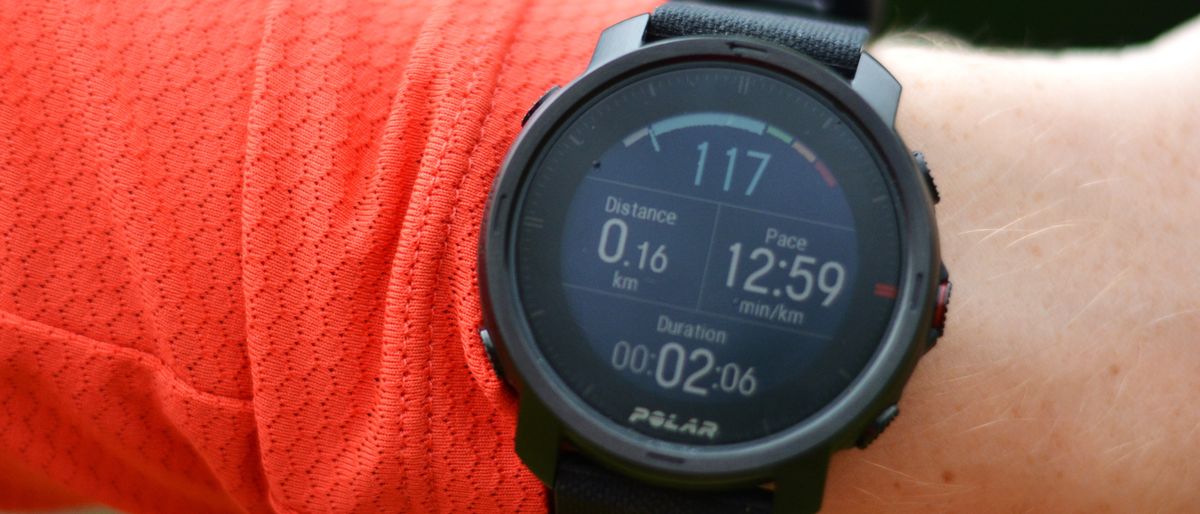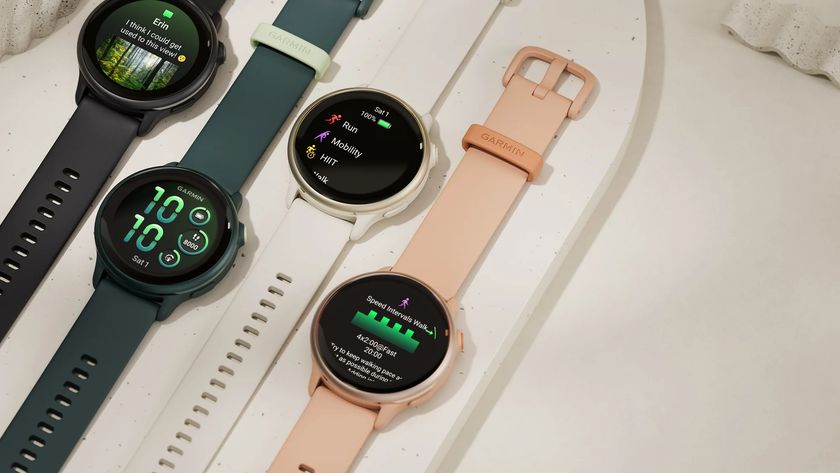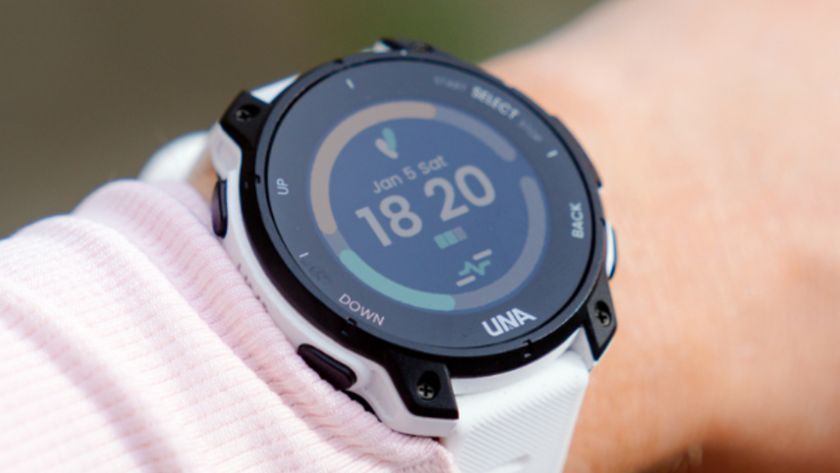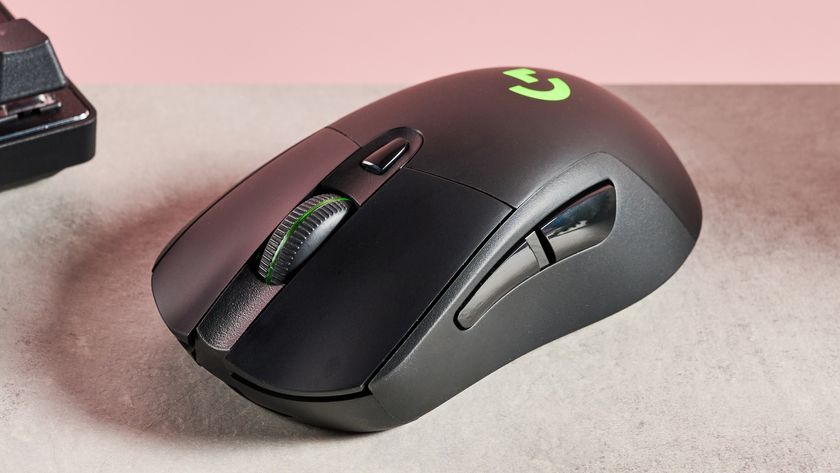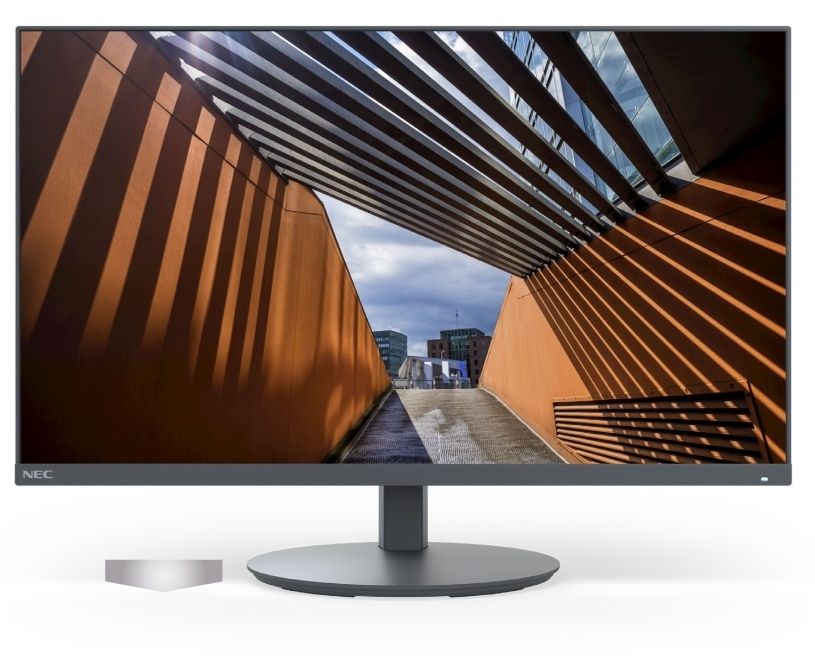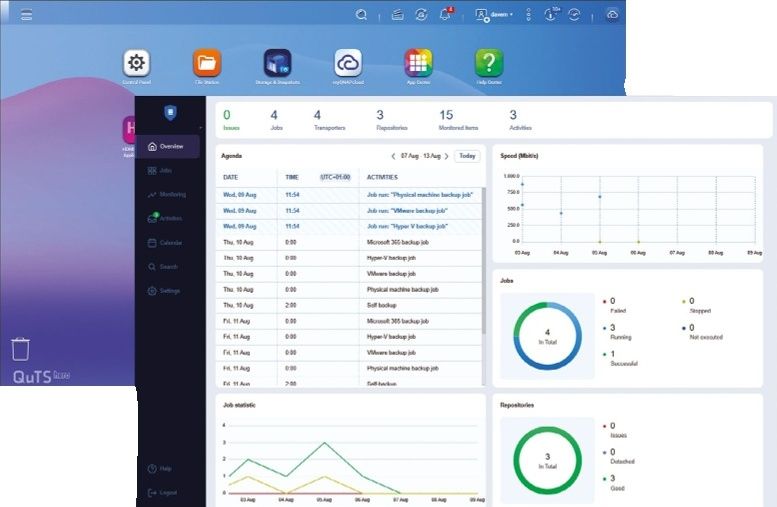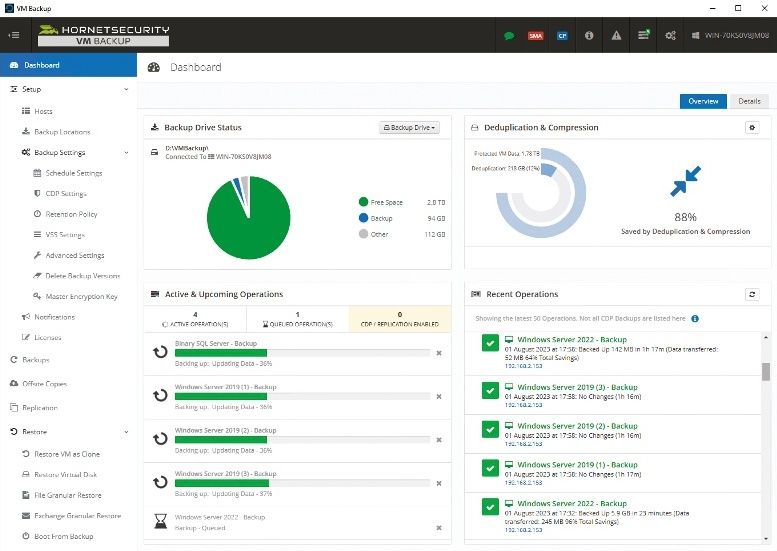TechRadar Verdict
Styled like a sports watch yet equipped for more hardcore pursuits, the Polar Grit X offers an impressive suite of tracking smarts and tailored training aids. Seasoned endurance athletes might be limited by the average battery life, half-baked Hill Splitter feature and lack of offline maps, but it’s still a strong option for outdoor enthusiasts looking to get more adventurous – unless you want Spotify support.
Pros
- +
Understated yet sturdy design
- +
Responsive training suggestions
- +
In-depth recovery insights
- +
Polar Flow app is one of the best
Cons
- -
Five-day battery life is average
- -
Hill Splitter mode is unreliable
- -
No offline maps when navigating
- -
No Spotify support
Why you can trust TechRadar
There’s a gold standard when it comes to multi-sport watches: the Garmin Fenix 6. Provided you’re willing to pay the top dollar it demands, the Fenix offers ultimate tracking performance for endurance athletes of almost every discipline.
But what if you don’t want to shell out for Garmin’s flagship? What if you’re happy to pay significantly less for a capable, durable outdoor watch with a stellar package of tracking skills and training insights, while accepting a couple of compromises? Enter the Polar Grit X.
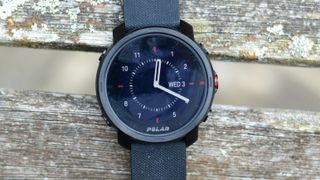
Styled like a sturdy running watch and equipped with all the features you’d expect of a $429.95 / £379 / AU$599 fitness tracker – built-in GPS, optical heart-rate sensor, support for more than 130 sports – it also promises plenty for those looking to try something more adventurous on the trail: Komoot route guidance, adaptive fuelling tips, reactive hill splits, responsive recovery insights and tailored workout recommendations.
While hardcore endurance runners will find its limits – and there are several to speak of – the Polar Grit X should satisfy the needs of most outdoor enthusiasts and fledgling rural explorers.
Design and interface
Physically, the Polar Grit X strikes a balance between robust build and streamlined design. Though it’s tough enough to pass several military durability tests – including water resistance to 100m – it’s less overtly rugged than its Garmin or Suunto counterparts. Same goes for the silicone strap, which is sturdy yet comfortable, with 22 adjustment options and a premium textured finish.
Despite its generous 47mm diameter, the stainless steel casing isn’t chunky or cumbersome. At 13mm deep, it sits low enough to fit under most sleeves, while a reinforced polymer back keeps the weight down to 64g. That’s 16g lighter than the Fenix 6 and makes the Grit X feel more like a running watch than its heftier outdoor rivals.
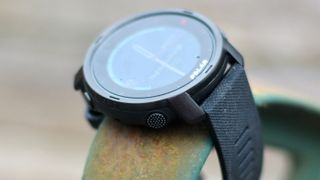
Front and centre you’ll find a 1.2-inch colour touchscreen, ringed by a black frame with subtle time markings. While it can’t rival crisper smartwatch screens, the display performs well on outdoor duties: it’s clear and readable in even the brightest sunlight, with decent contrast and no shortage of space – with a backlight for backup on midnight sprints.
Five textured buttons are neatly sculpted into the shell. Responsive and well-proportioned, these perfectly compliment the watch’s clean and uncluttered operating system, which benefits from a logical layout that’s easy to use mid-exercise. Interaction with the physical inputs is so natural that the laggy and imprecise touchscreen essentially becomes redundant.
Activity tracking
In the multi-sport arena, the Polar’s credentials stack up. There are profiles for more than 130 disciplines available, up to 20 of which can be stored on the watch at any one time. And on a day-to-day basis, the Grit X serves up some of the best activity, sleep and recovery insights on the market, with in-depth analysis that goes far beyond simple step counts.
Based on activity data, it offers feedback meaningfully tailored to improve your training. Training Load Pro monitors the impact of your efforts; FitSpark recommends workouts to aid recovery; Nightly Recharge and Sleep Plus Stages assess the quality of your shut-eye. You don’t get the top-end Recovery Pro system found on the Vantage V, but with several tools to assess and improve your running performance, as well as a fitness test and guided breathing exercises, the Grit X doesn’t come up short on support.
Heart rate is at the root of most of these features. While it’s possible to pair the Polar Grit X with a compatible chest strap, most will use the built-in Precision Prime wrist monitor, which employs a combination of skin contact and optical sensors to get a consistent pulse reading.
In practice, results were generally sound, with averages that matched chest strap readings across exercise sessions and throughout the day. That said, on a couple of occasions the Grit X recorded unrealistic spikes in heart rate readings – in both directions – during intense exercise. This didn’t affect the overall average, but does limit the reliability of zone training with the wrist sensor.
Outdoor exercise can also be tracked with the built-in GPS, which picks up signal pretty swiftly and generally proved accurate to within 100m over the course of a 5km run – a margin of 2% which, given the tree cover, was fair.
Features
What marks out the Grit X as more than an activity watch is its arsenal of outdoor features. Besides intervals, timers and race pace options, as well as support for Strava Live Segments, one of the headline elements is Hill Splitter.
In theory, this automatically detects ascents and descents during a training session, displaying detailed data for each up and down segment – useful for both hill reps and assessing performance on longer runs over undulating terrain. Unfortunately, Hill Splitter feels half-baked: it took a few hundred metres to activate on an 800-metre climb – and missed a couple of shorter elevation changes entirely.
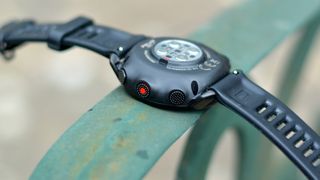
More meaningful is FuelWise. Based on activity history, the duration of a planned run and live heart rate, the smart fuelling assistant aims to help you maintain your energy levels with timely reminders to rehydrate and consume carbs at optimal points. It can’t account for your exact physical state at any given moment, but it’s an intelligent attempt to create a nutrition aid that could make a real difference to less experienced long-distance runners.
The third feather in the Polar’s backcountry bow is Komoot route guidance. Map out a path online, pair your accounts through the Polar web service then sync your watch with the app, and you’ll have a trail to follow right on your wrist. What you won’t have is offline maps, detailed terrain information or the option to deviate from the pre-programmed route – which, alongside the protracted pairing process, will be enough to discourage many from using it.
But persevere and, while the maps might lack depth, the Grit X performs well as a basic navigation device: location tracking is reliable, data plentiful and directional vibration alerts useful – particularly on long hikes or for novice trail runners who want the reassurance of a confirmed route.
Battery life
On paper, the 346mAh battery is good for up to 40 hours of GPS-enabled tracking or seven days of timekeeping with continuous heart-rate monitoring. In reality, active sorts can expect to average between four and five days per charge – unless you tackle an ultramarathon.
Power saving options can be tweaked for every discipline, giving you the potential to substantially extend longevity. When hiking, for example, you can disable heart rate, enable a screen saver and adjust how frequently the GPS updates.
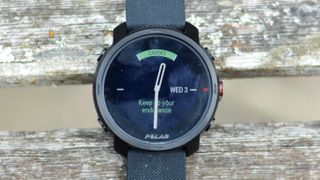
Prior to starting an exercise, the Grit X displays an estimate beside the battery symbol illustrating approximately how long it will last on current settings. In testing, drain proved relatively predictable at 3-5% per hour during exercise.
Fully charged using the proprietary adapter – a neat disc that attaches magnetically and securely to the rear of the Grit X – and with Bluetooth notifications disabled, we dipped below the 10% mark after 4.5 days, which included tracking a 45-minute gym session, a 30-minute run and a five-hour hike. That’s not outstanding, but it’s not terrible either.
App and smart features
Staying true to its endurance focus, the Grit X pares back smart features to a minimum. Bluetooth notification alerts can be configured through the app, while a neat weather forecast face displays meteorological predictions for the next 10 hours. And that’s your lot.
Unencumbered by apps, the watch feels like a focused training tool – but it does lack something found on several less expensive Garmin rivals: Spotify support. If offline music is something you want from a watch, you’ll need to look elsewhere.
What you do get is access to the Polar Flow system, which is one of the best wearable companion apps out there. Syncing with the Grit X takes a little while but, once completed, you’ll find all the data you could ever need in the app, from activity totals and goal percentages to progress charts, sleep reports and training plans. It’s attractive, adaptable and a stat-lover’s dream.
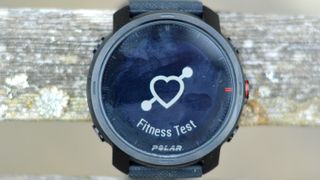
Verdict
Can the Polar Grit X compete with the Garmin Fenix 6? In a straight fight, it’s not the winner – but it doesn’t need to be. Significantly less expensive yet equipped with a range of skills to suit those just starting to stride off the beaten track, it occupies a genre of its own and does so convincingly.
It might resemble a rugged running watch, but the Grit X offers an impressive range of insights, training aids and tools that comfortably eclipse the capabilities of standard activity trackers without straying into silly money.
Certain aspects – such as Hill Splitter – still need work, while Komoot route-mapping lacks the depth that most seasoned endurance athletes will demand. But a catalogue of more advanced features – including intelligent fuelling support – on a watch that’s attractive and usable should make the Polar Grit X a compelling proposition for those taking their first steps into trail running.
- Check out our full guide to the best fitness trackers
Formerly News Editor at Stuff, Chris now writes about tech from his tropical office. Sidetracked by sustainable stuff, he’s also keen on cameras, classic cars and any gear that gets better with age.
